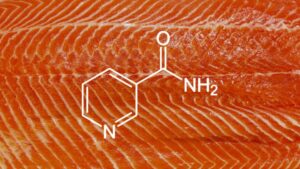In a time when we’re focused on being busy and productive, a critical aspect often goes unnoticed: our diet and eating habits significantly impact our blood sugar levels on a daily basis.
That’s where the Glucose Goddess may offer a helping hand.
In this Avea article, we’ll take a look at her top 10 must-have glucose hacks. These tips are game-changers if you want better energy, clearer thinking, and overall better health. We are talking both short-term and long-term.
So, whether you’re juggling a hectic schedule or simply striving for better health, these tips will help you master blood sugar management.
In this article
FREE anti-ageing guide

- Master the science of rejuvenation.
- Apply proven tips to turn back the clock.
- Transform your health with top longevity specialists.
Why is everyone talking about the Glucose Goddess hacks?

Navigating your day with sustained energy and sharp focus is all about smart blood glucose control.
The following glucose hacks are small yet effective changes that will transform how you eat, directly inspired by Jessie Inchauspé, the acclaimed biochemist and “Glucose Goddess”.
With over 1.5 million followers rallying behind her Glucose Goddess movement and her international bestseller, “Glucose Revolution,” Jessie is making blood sugar management understandable and achievable for people everywhere.
Discover the top 15 longevity books you need to read!
Glucose hacks can help you with
- Improved energy levels
- Weight management
- Reduced chronic disease risk
- Enhanced cognitive function
- Better sleep quality
- Improved exercise performance
- Improved nutrition
- Emotional stability
So without wasting any more time, let’s learn about the Glucose Goddess hacks.
1. Eat foods in the right order
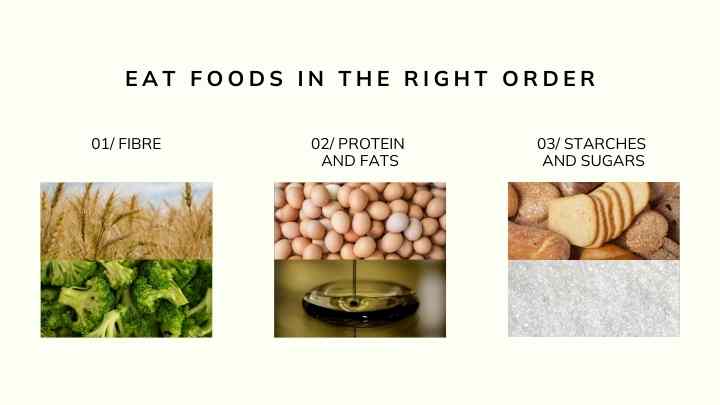
Think of your meal as a queue where everyone – or in this case, every nutrient – should wait for its turn. Begin with your veggies, followed by fats and proteins, and opt for sugars and starches last.
Kicking off with vegetables and proteins is a clever move because they line up your digestive system for a slower glucose release.
In a nutshell, the vegetables act like the bouncers of your gut, letting sugars in slowly thanks to their fibre.
Proteins then enter the fray, demanding more attention from your digestive enzymes, which slows down the rush of carbohydrates that may come next.
By pacing your plate with veggies and proteins first, you’re dialling down the speed of sugar absorption[1].
This trick not only helps dodging sugar spikes; but also allows your hormones like insulin to play in your favour, helping with weight management and keeping you full longer.
Eating in the right order will lead to steady energy levels and a daily metabolic cycle aligned with your routine.
2: Let the starters be veggies
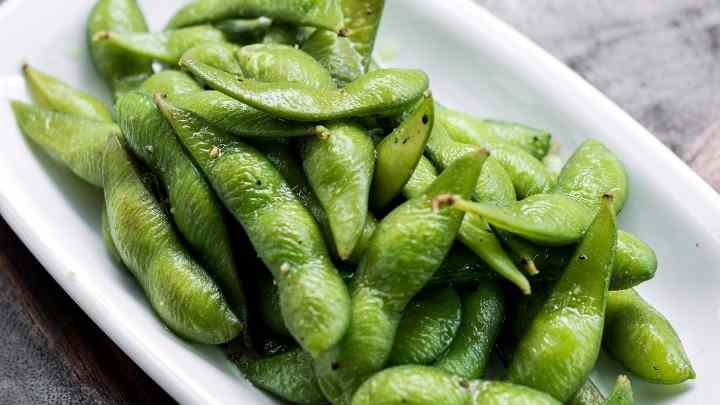
When it comes to calories, think of them as guests at a party. The ones from fructose can be a bit like gatecrashers – they tend to overstay their welcome and cause more trouble, especially when compared to their glucose counterparts. So how do you host this party right?
The easy trick is to begin with the veggies as starters. These are the guests that improve the vibe from the get-go, mingling well with others (e.g. your metabolism) and setting a chill tone for the evening (or in this case, your blood sugar levels).
It’s not just about their ability to make the party look bigger and better; it’s what they carry with them – an abundance of nutrients and fibres that prep your system to handle whatever comes next[2].
With this hack, you’re preparing for a smooth ride on the glucose curve. Think of them as the warm-up act to your meal, setting the stage for nutritional success. This way, you can enjoy the foods you love, whilst still nourishing your body.
3: Go for a savoury breakfast
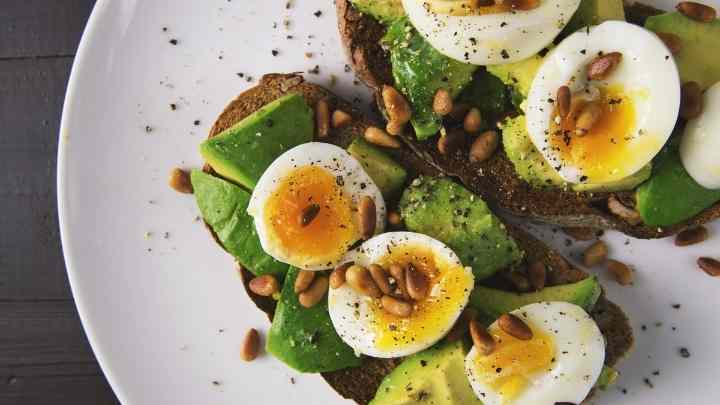
Opting for a savoury breakfast is particularly beneficial after the overnight fast your body undergoes during sleep.
Upon waking, your body is highly sensitive to insulin, and introducing sugars early can cause an abrupt spike in insulin levels, leading to rapid fluctuations in blood sugar.
These spikes are harmful. They can not only lead to energy crashes later on, but also trigger increased hunger and cravings throughout the day.
A breakfast focused on protein, fat, and fibre aids in a slow, steady rise in blood glucose and insulin levels[3].
This more gradual increase is conducive to maintaining energy levels, improving satiety, and regulating appetite, setting a stable metabolic tone for the day ahead.
Even the addition of whole fruits should be modest, as the goal is to keep the sweet taste without making it the centrepiece that could potentially lead to a glucose spike.
4: All sugars are equal

When it comes to sugar, your body sees all types as equals. Whether it’s honey, brown sugar, syrups, or white table sugar, they all break down into glucose and fructose.
There’s a common misconception that some sugars are healthier than others, like sucralose or high-fructose corn syrup, but the reality is, excess intake of any sugar can be detrimental to health.
Once consumed, all sugars break down and impact your blood sugar levels relatively the same way.
Whilst some natural sweeteners contain trace nutrients, the amount of sugar you’d have to consume to gain any health benefit would far outweigh the nutritional value.
The bottom line is that moderation is crucial, regardless of the type of sugar. The focus should be on limiting intake rather than choosing a supposedly healthier option, as too much of any sugar can contribute to health issues such as weight gain, blood sugar imbalances, and increased risk of chronic diseases.
Reverse your age by 6.5 years like Ibrahim
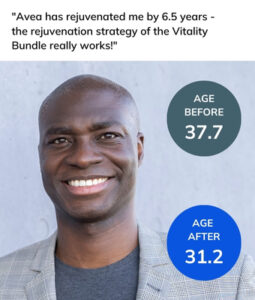
- Explore the secrets behind Ibrahim’s transformation.
- Discover simple, proven strategies to improve vitality.
- Understand the role of supplements in reversing biological age.
5: Desserts are better than snacks

Indulging in a dessert rather than reaching for a sweet snack in between meals, can be a strategic choice for managing blood sugar levels.
When you enjoy a sweet treat as a standalone snack, there’s nothing to buffer the sugar as it enters your bloodstream, leading to a swift rise in glucose levels.
When you have that same treat after a balanced meal, the other nutrients present—proteins, fats, and fibres—act as a moderating influence.
They slow down the digestion and absorption of the sugar, leading to a more gradual increase in blood sugar and insulin.
This doesn’t just help in maintaining steadier energy levels; it can also prevent the quick spike-and-crash cycle that can leave you feeling tired and hungry soon after a sugar-laden snack.
So, if you’re going to treat yourself to something sweet, doing it after a meal is a more blood sugar-friendly approach.
6: Start appreciating vinegar more

Vinegar’s acetic acid is a powerful substance in the quest for balanced blood sugar.
Incorporating just a tablespoon of vinegar into your diet—perhaps mixed into a glass of water or used as a salad dressing—before meals can make a significant difference.
Scientific studies suggest that vinegar can reduce the glycemic impact of a meal by up to 20%, dampening the post-meal blood sugar spike[4].
This effect is particularly beneficial for those looking to manage their glycemic response after eating. The acetic acid in vinegar works by influencing the rate of gastric emptying and enhancing the uptake of glucose by bodily tissues, which together, help in moderating blood sugar levels.
Vinegar may also improve insulin sensitivity, making your body’s response to sugar more efficient. This ancient kitchen staple, holds modern-day relevance for anyone mindful of their metabolic health.
Avea’s solution: The Stabiliser
Let’s say you are at a company lunch, a birthday party, or simply a friend’s gathering.
You get it, a special occasion where, you feel like indulging, and it’s quite hard to find a bottle of vinegar.
The Avea Stabiliser, born from cutting-edge research, is designed to be your best friend when you need it most.
Real-time control: Lower glucose spikes by 40%

- Manage glucose levels with our unique formula.
- Maintain all-day energy and support healthy weight.
- Enhance metabolism with natural ingredients.
How does the Avea Stabiliser work?
Is your typical carbohydrate digestion process like this?
You enjoy a delicious pasta lunch, and soon after, your blood sugar spikes and then drops, leaving you drained and unfocused.
This is the dreaded ‘sugar crash’. Turns out it’s 100% inevitable.
By taking the Stabiliser beforehand, you can smooth out that spike and bypass the crash, maintaining steady energy and concentration.
Mechanism of action of our ingredients
Reducose®, a key ingredient derived from the White Mulberry plant, has ancient roots in Asian medicine and is now gaining scientific acclaim for its health benefits.
It works at the cellular level to slow down the conversion of carbs and sugars to glucose, potentially reducing your blood sugar and insulin increase by up to 40% post-meal – that’s twice the impact of vinegar.
Why are we unique?
Avea’s Stabiliser uniquely blends Berberine and Chromium Picolinate, with Reducose®. This powerful trio supports fat metabolism and consistent blood sugar levels, with Berberine focusing on baseline glucose, Reducose® controlling post-meal sugar, and Chromium enhancing insulin efficiency.
This combination provides a multifaceted strategy for cardiovascular wellness and weight control.
7: Move your body after eating

Engaging in light physical activity after eating does more than just burn calories: it activates crucial physiological responses that help balance blood sugar levels.
When you exercise, your muscles contract and this movement signals them to take up more glucose from the bloodstream to use as fuel.
This process occurs independently of insulin, which is particularly beneficial immediately after a meal when glucose levels are at their highest.
Even a short period of movement, such as a 10-minute walk, doing dishes, or some light stretching, encourages your muscles to use glucose for energy, thus lowering the amount that remains in your bloodstream.
Over time, your body becomes better at naturally regulating blood sugar levels. Remember, the activity doesn’t have to be intense; it’s the act of moving that counts.
8: If you want snacks, get the savoury ones

You’re craving snacks in between work, but do not want to have a heavy meal? Opting for savoury snacks will be particularly advantageous to sidestep the less favourable effects of sweet snacks.
Whilst fruits can offer a sweet taste coupled with beneficial fibres and nutrients, other common sweet snacks often come packed with added sugars and refined carbohydrates.
These can cause rapid blood sugar spikes followed by sharp declines, leading to a cycle of energy dips and renewed cravings.
Savoury snacks could be vegetables, nuts, seeds, and whole grains that bring substantial protein and healthy fats to the table.
These nutrients embark on a slower digestion process, providing a stable release of energy and keeping blood sugar levels on an even keel.
Whether it’s a crunchy serving of raw veggies with hummus or a handful of almonds, turning to savoury options can support your blood sugar management, whilst also contributing to overall nutrient intake.
9: Don’t eat your carbs naked
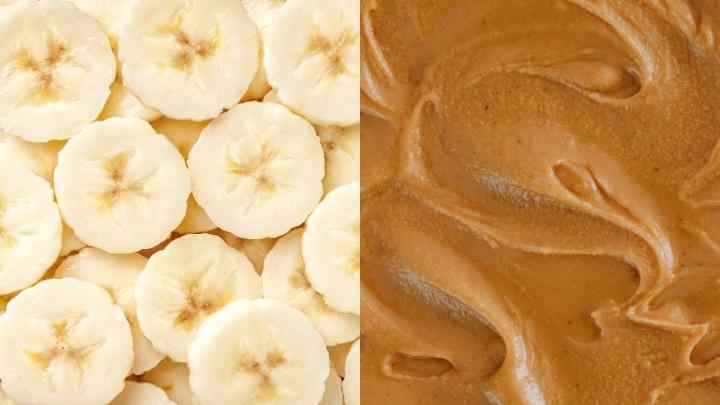
Pairing carbohydrates with protein, fat, or fibre is like giving them a companion that moderates their effect on your blood sugar.
This combination approach is key to slowing down the absorption of glucose into your bloodstream.
When you eat carbs alone, they’re typically digested quickly, leading to that all-too-familiar sugar rush and subsequent crash.
But when you ‘clothe’ your carbs with other nutrients, you’re essentially creating a time-release system for glucose.
Proteins and fats take longer to digest, which means the glucose from any accompanying carbohydrates also enters your bloodstream more gradually.
Fibre acts as a regulator, forming a gel-like substance in the gut that slows down the whole process. By adding these ‘clothes’ to your carbs, you’re not just dressing up your meal, you’re prepping your body for a steadier, more sustained energy release.
10: Stop counting calories

The practice of counting calories for better health is an oversimplification of a much more complex nutritional landscape.
It’s becoming increasingly clear that not all calories wield the same effects on health and metabolic outcomes.

200 calories of vegetables, lean protein, or whole grains, for example, will affect your body differently than 200 calories of sugary snacks.
Some calories may deliver essential nutrients and compounds that contribute to satiety, energy levels, and overall metabolic health, whilst others can cause blood sugar levels to spike and crash, possibly leading to increased hunger and overeating.
Consider calories derived from fructose and those from glucose. Whilst both are sugars that contribute to your daily caloric intake, their influence on the body is quite different.
Fructose, particularly in its processed forms like high-fructose corn syrup, can be metabolically taxing, often leading to insulin resistance and fatty liver when consumed in excess.
On the other hand, glucose is a primary energy source that your body can handle more efficiently. Shift your emphasis from quantity to quality of the calories consumed.
The nutritional value and source of the calories are the most important.
A calorie is not just a calorie; it is a potential energy source, and its impact is contingent on its interaction with your body’s intricate metabolic processes.
Rather than counting calories, it would be more beneficial to consider the whole nutritional profile of foods, choosing those that offer more fibres, proteins, and healthy fats, which are known to have positive effects on satiety, blood sugar levels, and overall health.
Download the Glucose Goddess Food classification PDF.
A keynote from Avea
In navigating the sugar-packed foods of modern nutrition, the guidance of the Glucose Goddess has shown us that managing blood sugar is both an art and a science, something practiced in other cultures for generations.
By implementing these 10 simple yet powerful hacks, you can turn the tide against blood sugar spikes, embrace sustained energy, and enhance your metabolic well-being.
These tactics focus on simple, smart changes, not dramatic shifts. Remember, every small change you make contributes to a larger impact on your health journey.
References





